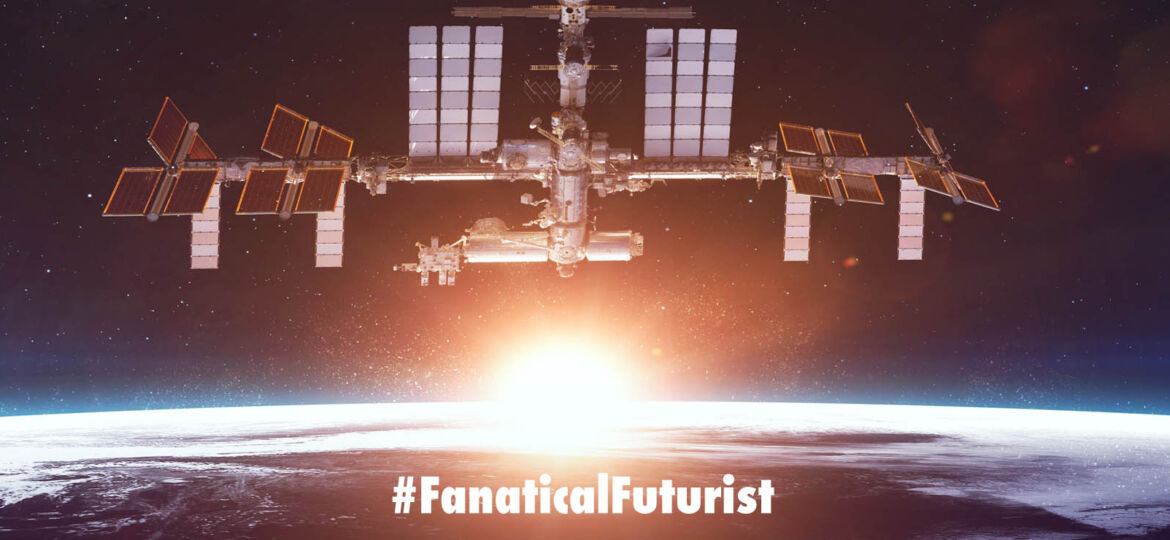
WHY THIS MATTERS IN BRIEF
As the ISS starts getting retired we need replacements, and those replacements are coming from the private sector.
 Love the Exponential Future? Join our XPotential Community, subscribe to the podcast, future proof yourself with courses from XPotential University, read about exponential tech and trends, connect, watch a keynote, or browse my blog.
Love the Exponential Future? Join our XPotential Community, subscribe to the podcast, future proof yourself with courses from XPotential University, read about exponential tech and trends, connect, watch a keynote, or browse my blog.
The International Space Station (ISS) has been a key part of humanity’s presence in space for years, but its useful life is coming to an end with NASA and other stakeholders currently planning on ending ISS operations by 203. But what comes next? Well, for the past couple of years NASA has been funding the Commercial Low-Earth Orbit Development Program (CLD) to encourage aerospace firms to build new stations, and they just gave a proposal from Blue Origin and Sierra Space the green light to move forward.
The station, known as Orbital Reef, was submitted to NASA for System Definition Review (SDR) earlier this summer. This report allowed the agency to assess the feasibility of the design, and it’s good news for Blue Origin and Sierra Space — NASA believes the companies have the technology and expertise to successfully build the Orbital Reef. Initial timelines project that construction could begin in 2026, and the station could begin operating as early as 2027. But, whereas space on the ISS was controlled exclusively by partnering space agencies, these new commercial projects will be different.
The Future of Space, by Keynote Speaker Matthew Griffin
“The microgravity factories and services provided by Orbital Reef have the potential to revolutionize every industry and become a major growth contributor to the US and world economies,” said Tom Vice, CEO of Sierra Space. Other partners in the endeavour include Amazon, Boeing, and Arizona State University.
The Orbital Reef project will have space to house 10 astronauts in a volume comparable to the final ISS configuration. There will be advanced laboratories for microgravity experiments, manufacturing capacity, and yes, accommodations for space tourists.
Learn more about the new space station
Sierra describes it as a “mixed-use business park” in space and have released a host of concept renders, with the final design still subject to change. Having completed the NASA SDR, the companies are now free to move to the design phase.
Space tourism is one of the main focuses of Jeff Bezos’ Blue Origin, which is already flying people up to the edge of space in its New Shepard rocket. Future versions of the rocket could eventually reach low-Earth orbit to rendezvous with the Orbital Reef. Sierra Space meanwhile is working on a space plane known as Dream Chaser that could also reach the station — you can see a few of them floating around the station in the concept renders. It’s larger than New Shepard with a payload capacity of 12,000 pounds (55,443 kilograms). It’s unclear if that vehicle will be ready any time soon, but Boeing has committed to using Starliner for crew and cargo transportation for Orbital Reef.
















